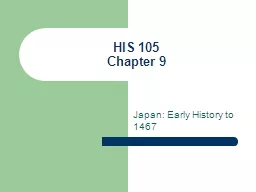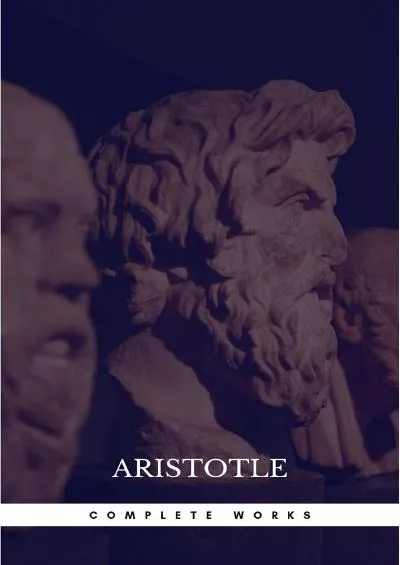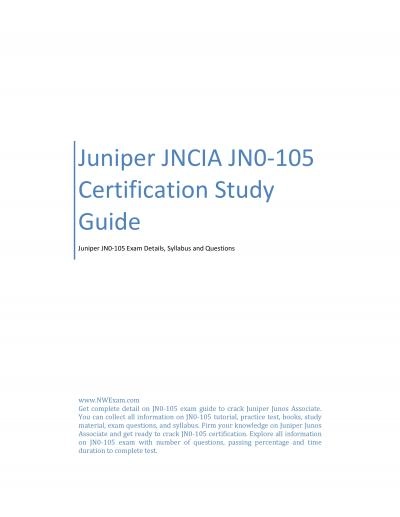PPT-HIS 105
Author : pamella-moone | Published Date : 2016-05-26
Chapter 9 Japan Early History to 1467 Japan East of China 4 main islands and other smaller ones Formed by volcanic eruptions Mountainous Only small area good for
Presentation Embed Code
Download Presentation
Download Presentation The PPT/PDF document "HIS 105" is the property of its rightful owner. Permission is granted to download and print the materials on this website for personal, non-commercial use only, and to display it on your personal computer provided you do not modify the materials and that you retain all copyright notices contained in the materials. By downloading content from our website, you accept the terms of this agreement.
HIS 105: Transcript
Download Rules Of Document
"HIS 105"The content belongs to its owner. You may download and print it for personal use, without modification, and keep all copyright notices. By downloading, you agree to these terms.
Related Documents














